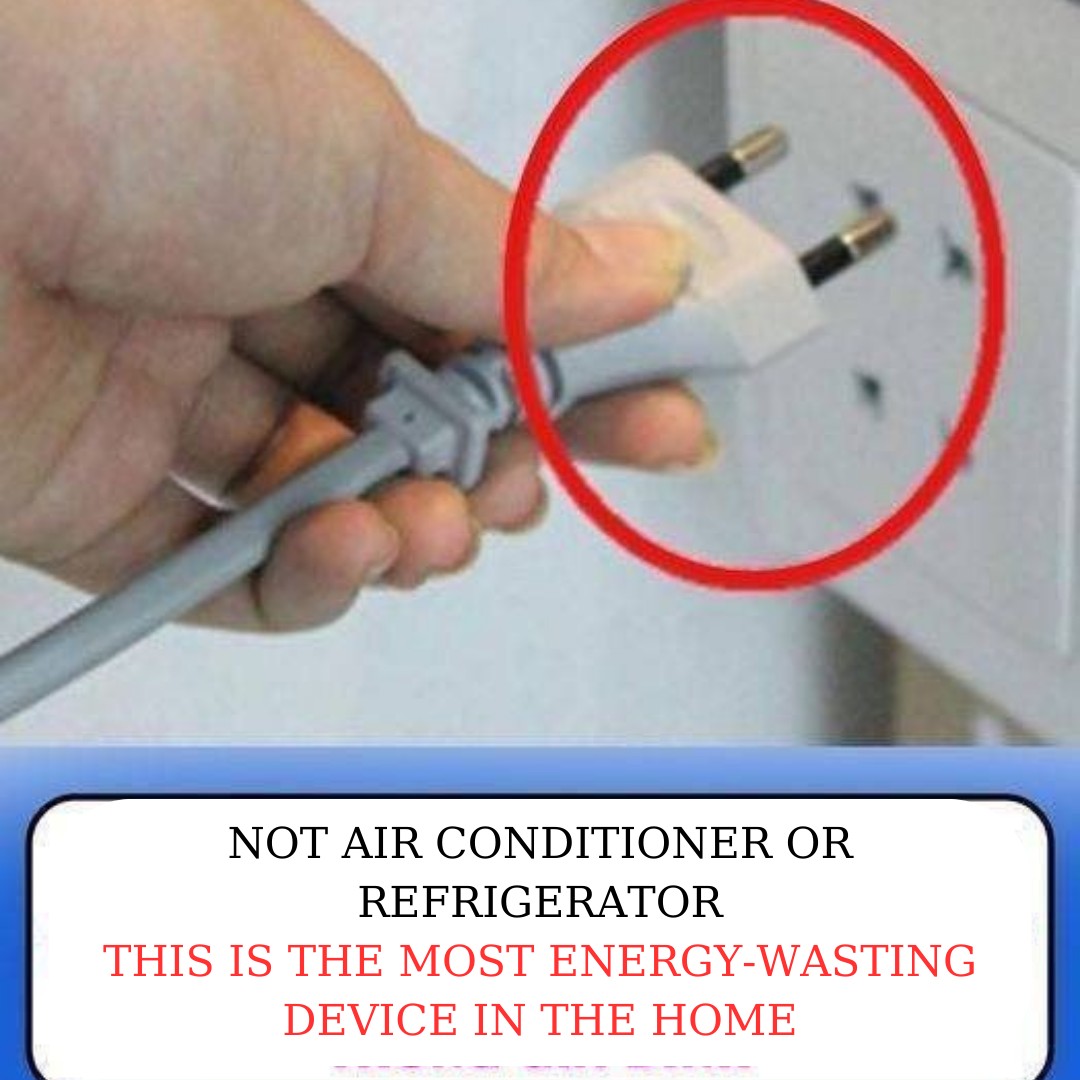When it comes to identifying the biggest electricity consumers in a household, most people immediately think of air conditioners, refrigerators, or water heaters. However, there’s one overlooked culprit that quietly drains power every day: your television. Surprising as it may seem, keeping your TV plugged in around the clock—even when it’s turned off—can contribute significantly to your monthly energy bill. Today, we’ll explore why TVs are such sneaky energy consumers, how standby mode contributes to electricity waste, and why unplugging your TV after use is a small but impactful habit that can save both energy and money.

Why Do People Underestimate TV Energy Consumption?
At first glance, a TV doesn’t seem like an energy-intensive appliance. Most modern TVs are marketed as energy-efficient, and their power ratings are relatively low. For example, a 32-inch LED TV consumes about 40 watts per hour when it’s turned on. Compared to appliances like air conditioners or washing machines, this number seems trivial.
However, the real issue isn’t just how much electricity a TV uses while it’s on—it’s how much it continues to consume when it’s off. When you press the power button on your TV remote, the television doesn’t actually shut down completely. Instead, it enters standby mode, a low-power state that allows it to turn back on instantly when you press the remote again.
While standby mode might seem harmless, it’s actually a significant contributor to your electricity bill. Even in this idle state, a TV can consume anywhere from 1 to 5 watts per hour. Over time, this trickle of power usage adds up, especially in households with multiple TVs.
The Cost of Convenience: Standby Mode and Phantom Energy
The convenience of standby mode cannot be denied. It’s far easier to press a button on your remote than to walk over and unplug your TV every time you’re done watching. But convenience comes at a cost.
The phenomenon of phantom energy consumption, also known as vampire power, refers to the electricity drawn by devices that are plugged in but not actively in use. TVs, gaming consoles, and other electronics are among the worst offenders. Experts estimate that phantom energy can make up 5% to 10% of a household’s total electricity usage.
If you calculate the cost over a year, standby power for a single TV could add anywhere from $20 to $50 to your electricity bill. Multiply that by the number of TVs in an average home, and the expense becomes significant.
How Leaving Your TV Plugged In Affects Its Lifespan
Beyond the monetary cost, keeping your TV plugged in all the time can also affect its lifespan. Even when in standby mode, internal components like capacitors and power supply units remain active, slowly degrading over time. This constant exposure to low-level electrical current can shorten the life of these components, leading to premature breakdowns or costly repairs.
Additionally, power surges or fluctuations—however small—can damage your TV if it’s always plugged in. Unplugging it when not in use acts as a simple but effective safeguard against this risk.
Why You Should Unplug Your TV After Use
The solution to reducing unnecessary energy waste is simple: unplug your TV when you’re done using it. This action completely cuts off the power supply to your television, eliminating phantom energy consumption.
But if unplugging feels inconvenient, here are a few alternative approaches:
- Use a Smart Power Strip: These advanced power strips detect when a device is in standby mode and automatically cut power to it.
- Switch Off the Main Power Button: Some TVs have a physical power button. Turning it off can minimize standby power consumption significantly.
- Enable Eco Mode: Many modern TVs have an “Eco” or “Energy Saving” mode in their settings. Activating this reduces power usage during both active and standby modes.
- Develop a Habit: Make unplugging your TV part of your daily routine. A simple habit can translate into noticeable energy savings.
The Environmental Impact of Unplugging Your TV
Reducing standby energy usage isn’t just about saving money—it’s also about protecting the environment. Every bit of electricity saved reduces the demand on power plants, many of which burn fossil fuels to generate energy. By unplugging your TV when not in use, you’re contributing to lower carbon emissions and helping combat climate change.
If every household adopted this habit, the collective energy savings would be substantial, reducing strain on the power grid and decreasing reliance on non-renewable energy sources.
Small Changes, Big Results
It’s easy to dismiss the idea of unplugging your TV as an insignificant act, but the savings add up quickly. A few watts per hour might not seem like much, but over weeks, months, and years, they translate into real dollars and reduced energy waste.
Additionally, unplugging your TV can help extend its operational lifespan. TVs are not cheap appliances, and taking steps to protect their internal components from constant power exposure is an investment in their longevity.
Time to Rethink Your TV Habits
In the grand scheme of household energy consumption, the TV often flies under the radar. But this seemingly low-power device can quietly become one of the most wasteful energy consumers in your home if left plugged in 24/7.
The good news is that fixing this problem is incredibly simple. Whether you choose to unplug your TV manually, use a smart power strip, or enable energy-saving settings, every step you take contributes to lower electricity bills and a reduced environmental impact.
So the next time you finish watching your favorite show or movie, don’t just press the power button on your remote—unplug the TV entirely. It’s a small, thoughtful habit that brings tangible benefits to your wallet, your appliance’s lifespan, and the planet. In a world where every watt counts, small changes like this one truly make a big difference.
